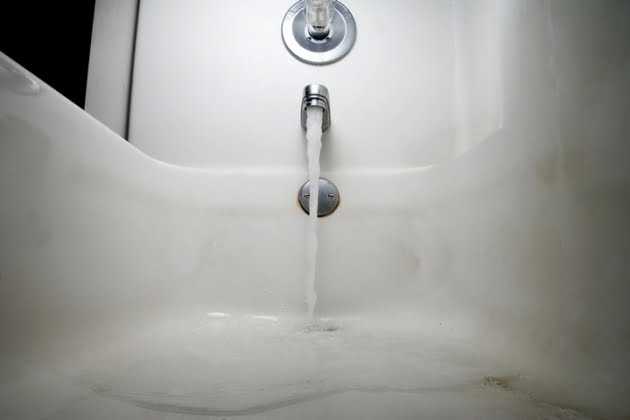Many people look forward to soaking in a warm, comfortable bath after a long day of work. As the tub starts to fill, you may notice a strange phenomenon: the water is slowly draining away and it never rises above a certain level. Sometimes, the problem may simply be caused by forgetting to adjust the bathtub drain stopper. In other cases, the bathtub doesn’t hold water due to more complicated issues in your plumbing.
Your bathtub may fail to hold water for one or several reasons. The most common explanation is that you have a leak somewhere in your plumbing system. Regardless of the underlying cause, you should contact a residential plumber for a more thorough inspection. The plumbing professional will figure out why the bathtub drain is leaking and propose a working solution.
Although it can be frustrating when the bathtub drain is not working, the problem is relatively easy to fix. Understanding the root cause allows you to get the necessary repairs done. Here are six possible reasons why your bathtub doesn’t hold water properly:
1. The bathtub drain stopper is not working.
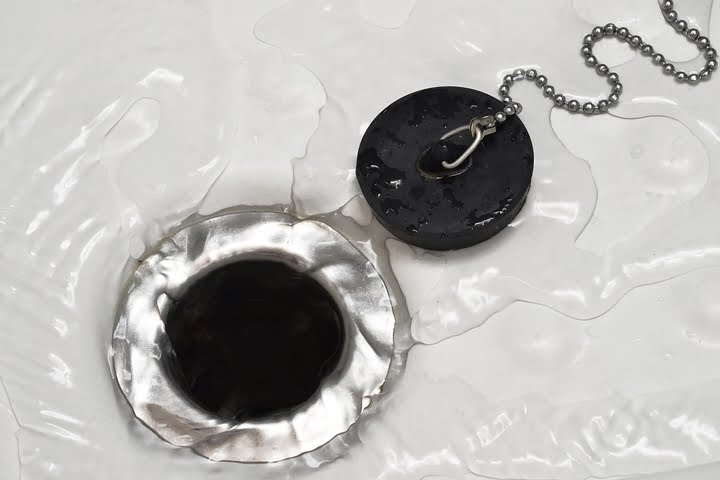
If your bathtub doesn’t hold water, the culprit might be a faulty bathtub drain stopper. The bathtub drain assembly can seem quite mysterious. A lever positioned above the bottom section of the tub controls when to hold water in the tub as needed. It also drains the tub when not in use.
In most cases, an issue with the bathtub drain stopper is usually because it has disconnected from the spring or plug that connects it to the linkage. This breaks its connection to the trip lever, so the stopper cannot hold water as it should. Luckily, adjusting a faulty bathtub drain stoper is quite easy. If your adjustments don’t seem to fix the problem, you may need to have a bathtub drain replacement installed.
2. The bathtub doesn’t hold water because it’s clogged.

Old pipes tend to collect hair and grease. As the clog builds up, the water pressure changes. Water is then forced to look for alternate routes of escape. Even when there is a bathtub drain stopper in place, water might not stay in the tub for long, at least not long enough to allow one to finish bathing.
In some cases, you may have a clog that just won’t dissolve. It’s possible that something more stubborn, such as a shampoo bottle cap or razor cover, may have fallen down the drain. The bathtub drain stopper could also be clogged. To prevent clog buildup, inspect the stopper regularly and have a local plumber fix any issues that emerge.
3. There is a faulty overflow tube in the bathtub.
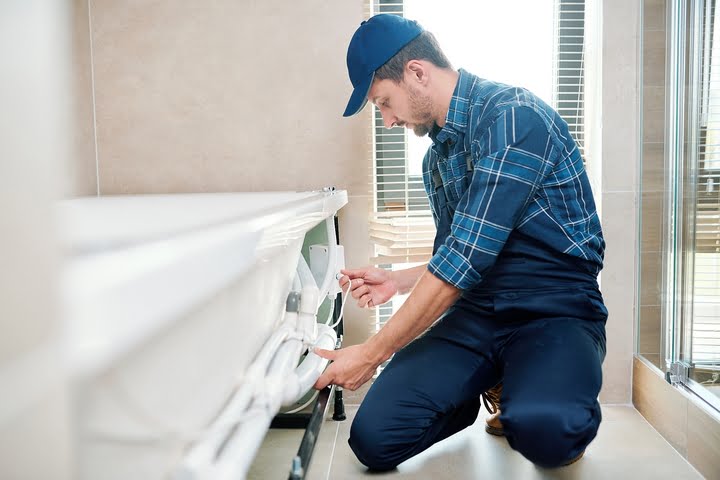
In some cases, the overflow drain assembly (also known as the overflow tube) is the reason why your bathtub doesn’t hold water. This component is a safety feature for channeling overfilled water back into the drainpipes, which prevents it from spilling over the tub’s edge. If its fittings are loose, water will spill out of the tub and possibly ruin the floor below the tub.
If you bathe regularly with a higher water level, the overflow tube is likely to be the cause of the problem. To fix it, just tighten the overflow tube or get a replacement gasket.
4. There is a faulty linkage the bathtub.

Another potential source of the problem might be the linkage, which is responsible for moving the drain stopper up and down. Always make sure the linkage is connected and functioning properly. You can do this by pulling the lever and lifting it up to fully expose the linkage. If the spring and plug are disconnected from the linkage assembly, use a magnetic tool to reconnect it.
The linkage may also get tangled or bent. Check to ensure it is hanging straight down, and the pin located at the top is in place. If this U-shaped pin is missing or broken, replace it. Once everything is in place, adjust the linkage’s length to ensure this is functioning as it should.
5. The bathtub doesn’t hold water due to rust or corrosion.
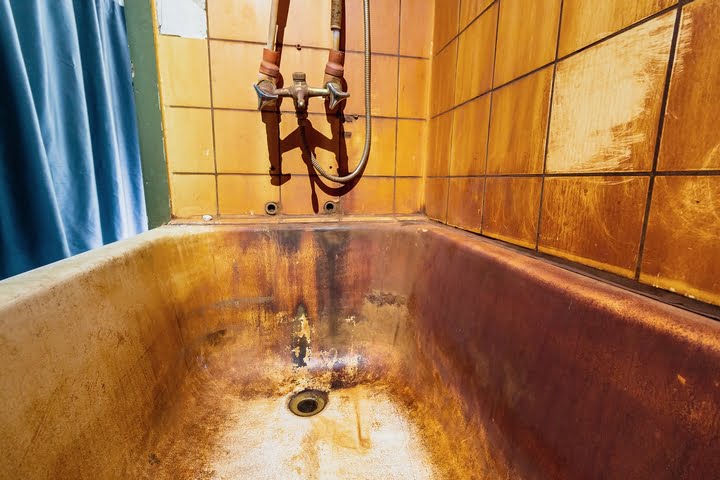
With time, old water pipes deteriorate. Their ability to facilitate the flow of water is compromised from outside and inside. Corrosion and rusted pipes may result in leaks in the system, providing an alternate escape for the water meant for your bathtub.
Various factors can contribute to the deterioration of pipes. For example, the pH level affects how fast your pipes and drains corrode. Water with a pH value of less than seven is considered acidic. Low water pH means that water has more dissolved solids like copper, lead, and calcium. As acidic water flows through your metal pipes, it absorbs minerals and chemicals from the pipe’s walls, which eventually thins them.
6. Temperature changes caused problems connecting water to your bathtub.
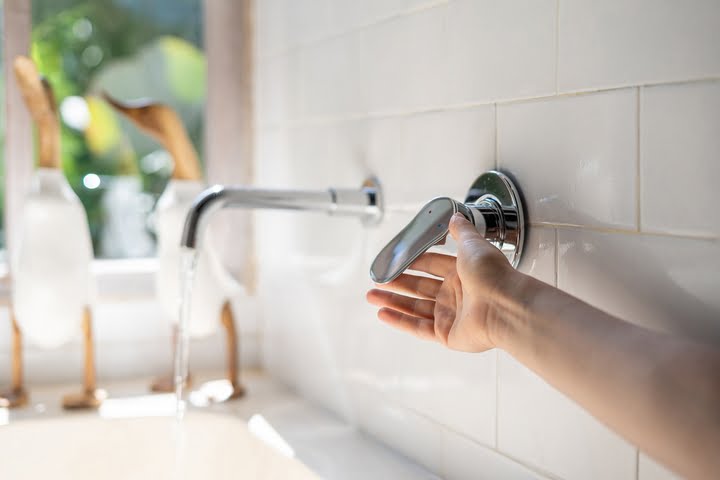
Changes in the temperature can cause pipes to contract and expand. This is because they are mostly made of metal. As a result, the connections and seals loosen, providing an alternate route for water to drain through. If the pipes connecting to your bathtub are affected by the temperature, water could be escaping instead of arriving in the tub.



